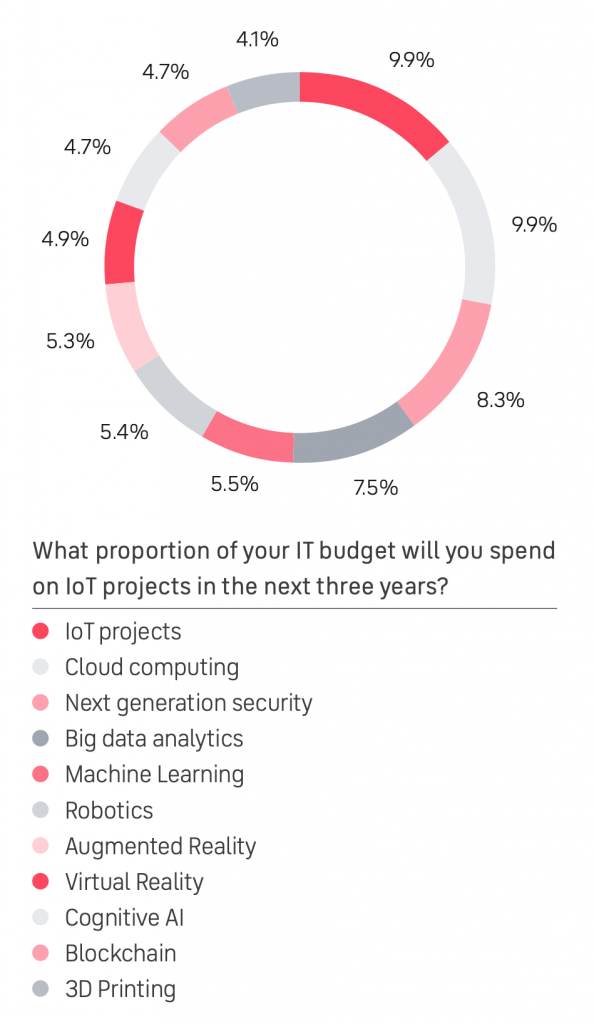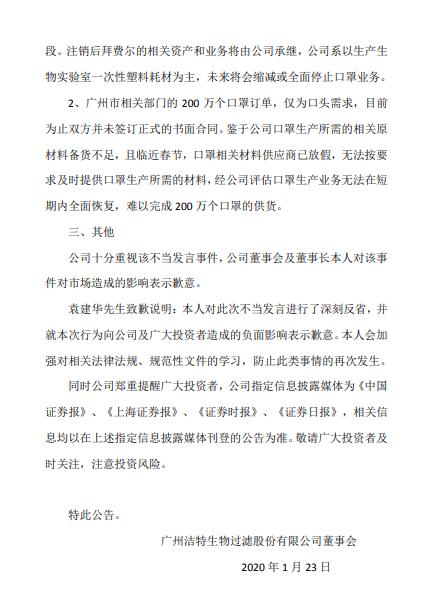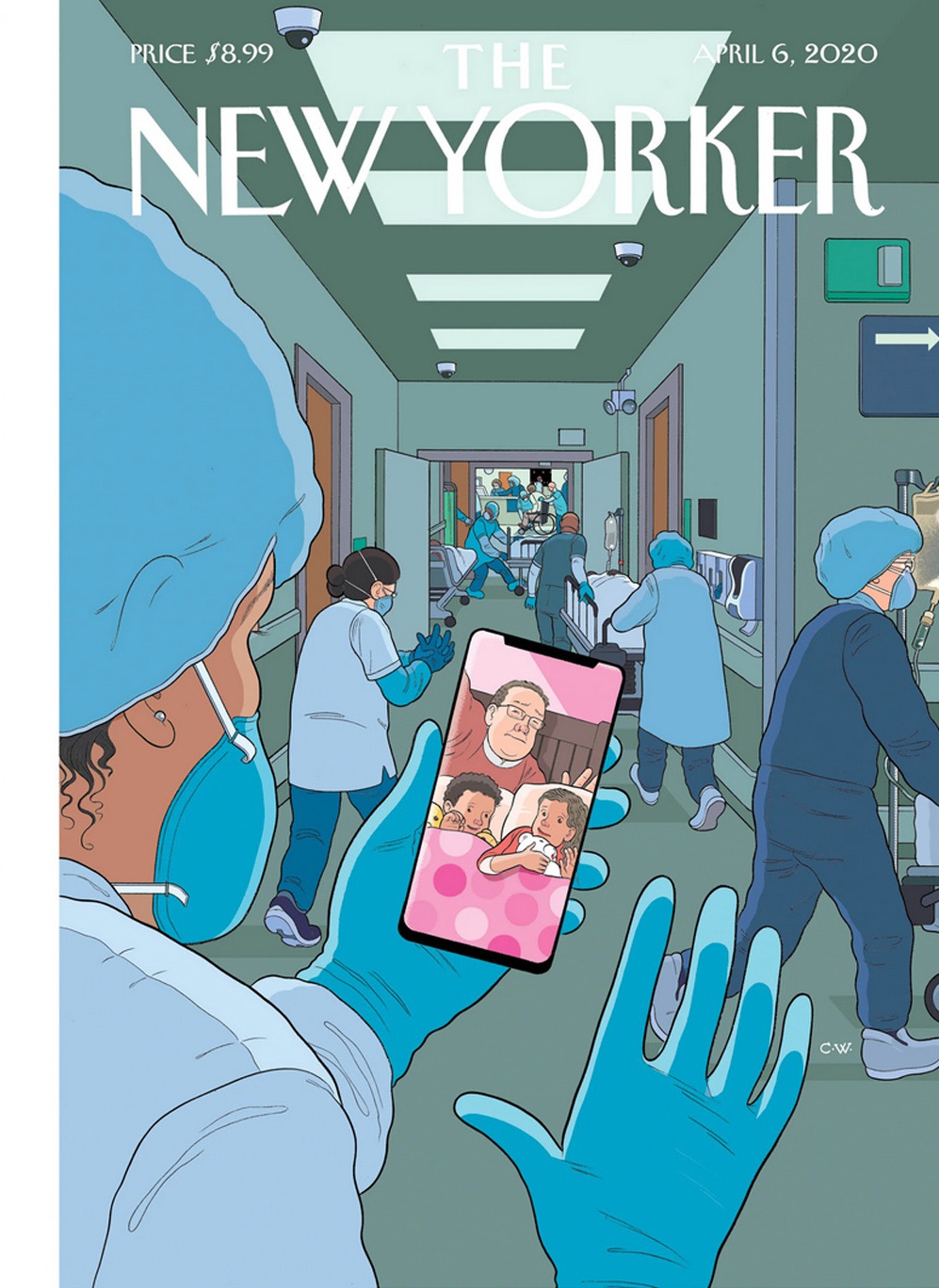Introduction
The year 2020 marked a turning point in human history as the world was hit by a global pandemic unlike any other in recent memory. The novel coronavirus, later named SARS-CoV-2, and the disease it caused, COVID-19, rapidly spread across borders, disrupting daily life, economies, and healthcare systems worldwide. This comprehensive English report aims to provide an overview of the COVID-19 pandemic, focusing on the global response, its impact on various sectors, and the lessons learned that can inform future preparedness for similar health crises.
The Outbreak and Early Responses
The first cases of COVID-19 were reported in December 2019 in Wuhan, China. Initially, the virus was met with limited attention due to its unfamiliarity and the belief that it would be contained within China's borders. However, as cases began to emerge globally, the World Health Organization (WHO) declared the outbreak a Public Health Emergency of International Concern on January 30, 2020. By March 11, 2020, the agency declared COVID-19 a pandemic, acknowledging its global reach and severity.
Early responses were characterized by a mix of national lockdowns, travel restrictions, and border closures. Countries scrambled to contain the spread through testing, tracing, and quarantine measures. However, the initial lack of testing kits, personal protective equipment (PPE) for healthcare workers, and a general lack of understanding about the virus's transmission dynamics led to initial failures in containing the outbreak.
Global Response: Coordination and Collaboration
As the pandemic unfolded, international cooperation became paramount. The WHO played a central role in coordinating global efforts, issuing guidelines on testing, treatment, and public health measures. The United Nations (UN) agencies and international organizations like the International Monetary Fund (IMF) and World Bank launched initiatives to support member states financially and logistically.
Countries also formed coalitions and partnerships to share information, coordinate vaccine development and distribution, and ensure equitable access to medical resources. The COVAX Facility, established by the WHO and international partners, aimed to ensure fair access to COVID-19 vaccines for all countries.
Impact on Health Systems and Healthcare Workers
The pandemic exposed the fragility of many healthcare systems worldwide. Overwhelmed hospitals faced shortages of staff, equipment, and supplies. Healthcare workers (HCWs), particularly in low- and middle-income countries, were at high risk due to inadequate PPE and overcrowded working conditions. The pandemic claimed the lives of thousands of HCWs, highlighting the need for better protection and support systems.
The virus's high transmissibility led to a surge in cases, putting immense pressure on hospitals and intensive care units (ICUs). In some countries, the healthcare system collapsed under the weight of COVID-19 patients, resulting in delayed or cancelled treatments for non-COVID conditions. This "pandemic within a pandemic" phenomenon underscored the importance of maintaining essential healthcare services during times of crisis.
Economic Impact: A Global Recession
The economic fallout from COVID-19 was profound. Governments implemented lockdowns to slow transmission, which in turn led to a sudden halt in economic activity. Businesses closed their doors, supply chains disrupted, and unemployment skyrocketed. The International Labor Organization (ILO) estimated that 6% of the global workforce was affected by job losses or reduced working hours in 2020. The World Bank predicted that the pandemic would push millions into extreme poverty.
The service sector, particularly tourism, hospitality, and aviation, bore the brunt of the economic impact. Governments introduced stimulus packages and fiscal measures to cushion the blow but these efforts were often insufficient to offset the damage caused by the pandemic's economic ripple effects. The International Monetary Fund (IMF) warned of a global recession in 2020 and called for coordinated action among nations to mitigate its impact.
Social Impact: Mental Health and Education Disruptions
The pandemic also had far-reaching social consequences. Mental health issues surged as people grappled with isolation, uncertainty, and loss. The fear of infection and death loomed over communities, leading to increased cases of anxiety, depression, and post-traumatic stress disorder (PTSD). Governments and non-profit organizations launched hotlines
转载请注明来自爬爬百科,本文标题:《COVID-19大流行,全球应对、影响及教训的全面英文报告》












 京ICP备11000001号
京ICP备11000001号
发表评论